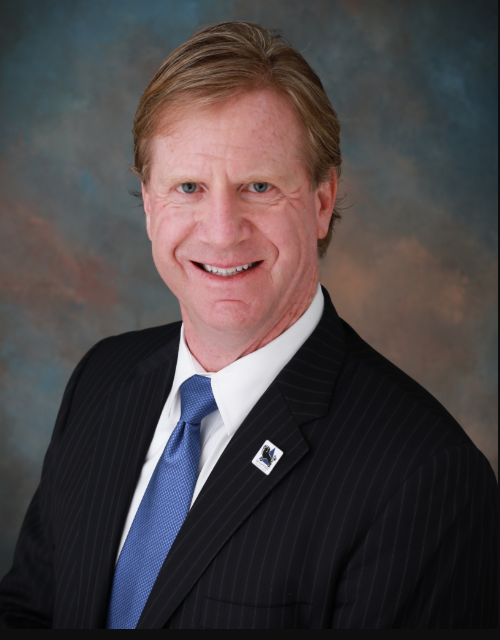Article by Greg Shaffer

Greg Shaffer
Active Shooter – words that send chills down our spines and is possibly one of the greatest fears in society today. According to FBI statistics an active shooter happens every two weeks in America. We have all seen the news stories of the dozens injured and killed, most recently Boulder, Colorado; Atlanta, Georgia; El Paso, Texas; and Dayton, Ohio. The mass killing of completely innocent civilians, usually unknown to the killer, is unfathomable and incomprehensible to the average citizen. As a leading Subject Matter Expert on the phenomena of active shooter and terrorism matters I feel it is my obligation to dispel a myth about how to survive if you are ever caught in this type of critical incident.
The proper response to an active shooter event is to RUN! MOVE! Do NOT hide! As we say in law enforcement, “Get Off the X” – where the “X” represents the location where the shooting is occurring.
Hiding under a desk or behind a counter is not a tactical plan that helps anyone… except the shooter. Hiding only makes you an easy target for the killer. Your best course of action in any shooting situation is to move as fast as you can; create distance between you and the shooter.
It is a very difficult skill to be able to hit a moving target with a weapon. The average “hit rate” on a moving target with a handgun is 4%. In other words, you have a 96% chance of not being shot if you move. Even running around the room waiting for the shooter to run out of ammunition or have to reload before you pounce on him is a better option than hiding under your desk. (Note: over 55% of all Active Shooters used a handgun).
If you are unable to escape the area, then and only then should you enter a room, lock and barricade the door, and prepare to run or fight. Preparing to fight includes looking for improvised weapons such as scissors, fire extinguishers, pens, large cans, and other blunt instruments that can cause serious bodily injury to the shooter should he attempt to enter the room. This is a ‘Proactive’ response to a critical incident, not a ‘Passive’ response such as hiding under a desk.
There is no one-size-fits-all approach or response to surviving an Active Shooter Event. No two situations are the same. However, the one thing you can do is to develop a “Survival Mindset”, which is your greatest weapon. The will to survive is much more important than the skill to survive.
Our law enforcement officers, who are trained in firearms proficiency, have a national “hit rate” of only 18% in police shooting incidents. I am confident when I say that most active shooters do not have the training, nor the skill set of our brave men and women in blue. Your best chance of surviving an Active Shooter Event is to “move”. Use the 96% probability of NOT getting shot if you move, versus the 100% chance of being shot if you are found hiding under your desk.
Remember, despite the heroism of our nation’s police officers, on average it takes 12 to 18 minutes for police to arrive on-scene, while the average Active Shooter Event lasts less than 9 minutes. Do that math! Surviving an Active Shooter Event is your responsibility. No one is coming to save you. You have to be your own hero!
In all my years of training counter terrorism teams, SWAT teams, police and civilians, I have learned that it’s awareness, preparedness and training that provides peace of mind. It’s the “not knowing what to do” that causes unnecessary fear and panic. With mass shootings becoming more frequent and deadly, people should be thinking and training on how they will respond if caught in an Active Shooter Event; and hiding is not an option. Remember…“Get Off the X”!
Greg Shaffer is the author of “Stay Safe – Security Secrets for Today’s Dangerous World” and the founder of the Dallas-based Shaffer Security Group. Greg is internationally recognized as an expert on Active Shooter & Counter Terrorism. Greg also served 20 years as a Special Agent in the FBI, where he was an Operator on their elite “Hostage Rescue Team” (HRT) and also the program manager for their Close Protection Training. Greg has trained counter terrorism teams, SWAT teams, police officers, intelligence officers and civilians across the globe in Active Shooter Response & Tactical Firearms.
